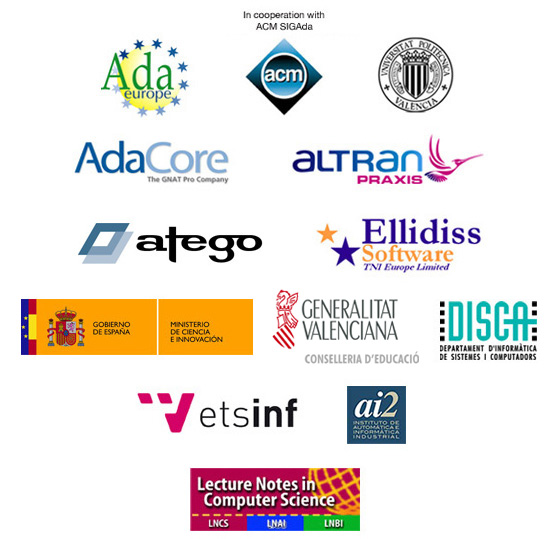Platform virtualization is a versatile technology with multiple applications. In servers, it optimizes resources, simplifies management, reduces power consumption and costs, etc. In desktop computers, it allows execution of legacy code and multiple OSs. In critical systems, it can be used to build a MILS architecture (Multiple Independent Levels of Security/Safety). Under real-time requirements, not all virtualization techniques are appropriate. The use of bare-machine hypervisors is the most efficient technology in the absence of hardware virtualization mechanisms to obtain a partitioned architecture.
In this tutorial, we will first analyze the ARINC 653 standard and extract the main aspects of this approach. We will then review the technologies available to build time- and space-partitioned systems. After that, we will describe in detail the main features and design criteria of the hypervisor XtratuM, which has been specifically designed to achieving temporal and spatial requirements for safety critical systems. Finally, we will discuss the scheduling issues around partitioned systems and provide a use example of XtratuM.
This introductory-level tutorial is intended for those interested in complex, highly critical applications that impose hard real-time restrictions. No previous experience with safety-critical standards is required. Some familiarity with XML and C would be useful.
Presenters
Ismael Ripoll is a professor at Universidad Politécnica de Valencia (UPV) since 1996. His work has focused on Real-Time scheduling (dynamic priorities), Real- Time operating systems design (RTLinux), and dynamic memory allocation under hard real-time constraints. Ismael is currently involved in the design and development of the XtratuM hypervisor.
Alfons Crespo is a full professor at UPV since 1992, where he leads the Real-Time systems group. His research areas include real-time scheduling, OSs, languages and other aspects such as integration of scheduling and control. He has led the participation of the group in European research projects such as OCERA, FRESCOR and TECOM-ITEA. His group is responsible for the development of XtratuM.
>Back


